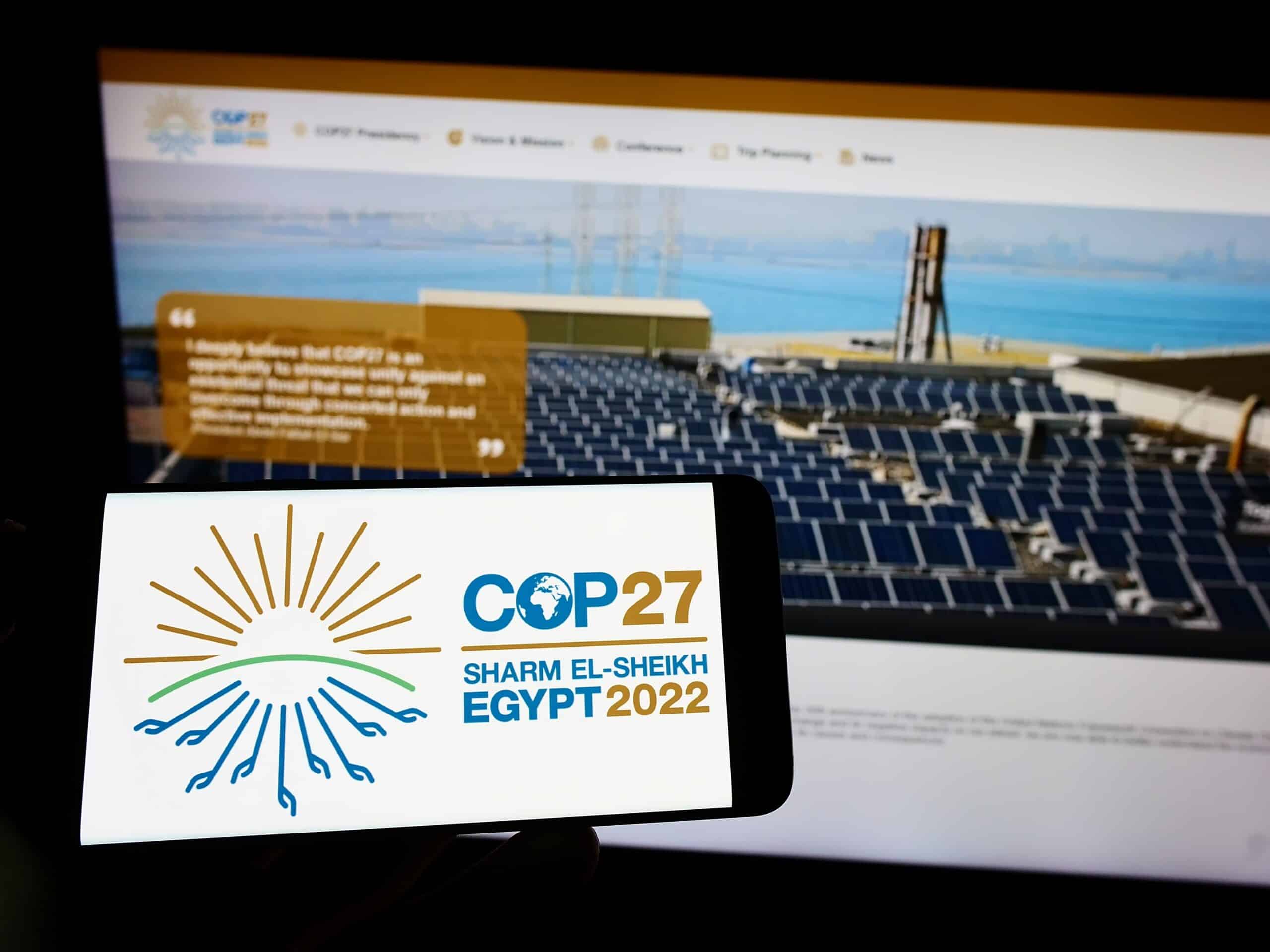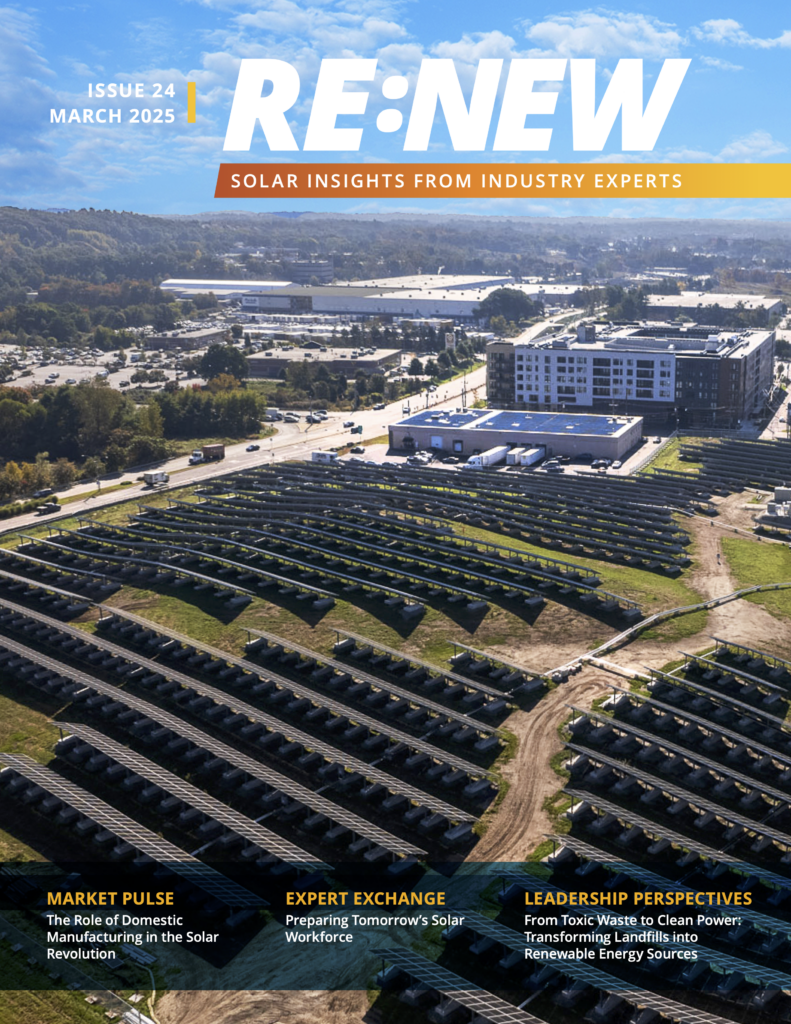“The clock is ticking. We are in the fight of our lives, and we are losing. Our planet is fast approaching tipping points that will make climate chaos irreversible. We are on a highway to climate hell with our foot still on the accelerator.”
That was the warning from UN Secretary-General António Guterres early in the two-week COP27 climate change conference that just wrapped up in Sharm el-Sheikh, Egypt.
Yet many of the 100+ heads of state and 35,000 delegates who attended COP27 had high hopes for this year’s conference.
Both perspectives are valid.
Inaction Leads to Increasing Emissions
As COP27 got going, a new analysis from the Global Carbon Project (GCP) found that global CO2 emissions have increased by 1% over last year and will likely reach an all-time high in 2022. Emissions have climbed to more than 5% above 2015 levels when the Paris Agreement was reached. That agreement aimed to limit global warming to 1.5 degrees Celsius compared to pre-industrial levels. The GCP analysis concluded that if we continue with current emissions rates, the world will exceed the 1.5-degree warming target in just nine years.
That’s even faster than the UN Intergovernmental Panel on Climate Change (IPCC) found in its April report, which warned that we were set to pass the 1.5-degree point in 2040.
That doesn’t mean we are doomed to exceed 1.5 degrees. But to meet the goal of net zero by 2050 set by many nations, the GCP said, we must steadily decrease global emissions annually. We haven’t been doing that.
As the conference progressed, there were concerns that while leaders at COP27 voiced support for accelerating climate action, few new commitments were being made. In fact, there seemed to be signs of backsliding, with some nations hesitating to stick to the 1.5-degree target.
Reasons for Hope
Despite the disagreements at COP27 and the concerning news about global emissions, we have many reasons for hope. Increasing severe weather events have highlighted the need to tackle climate change, and more people and nations worldwide are heeding that call. We have the technology we need to take action, such as solar and energy storage.
The U.S. and the E.U. have already stepped up policies to accelerate renewable energy deployment. This is significant because these regions have historically been some of the largest global CO2 emitters; the U.S. is now surpassed only by China.
The U.S. went into COP27 in a stronger position than before, having passed the most significant climate legislation in the country’s history, the Inflation Reduction Act (IRA). This bill, plus the CHIPS and Science Act and the Infrastructure Investment and Jobs Act, will put over $1 trillion into climate priorities. Addressing COP27, President Biden promised that the U.S. will meet its emissions-reduction target of 50% below 2005 levels by 2030.
The same IPCC report that brought a dire warning earlier this year also heralded solar as one of our best tools for reducing energy sector emissions. Solar was already booming, even in the face of the pandemic and multiple supply chain issues, and the IRA will give it such a big boost that solar deployment in the U.S. is expected to increase fivefold by 2030. The IRA should help the U.S. reduce its carbon emissions by 42% in that same timeframe.
In Europe, many countries have sped up their transition to renewable energy, driven partly by increasing gas prices and supply issues caused by the war in Ukraine. The recent presidential election in Brazil spurred hopes for greater protection of the Amazon rainforest. Developing countries are increasingly turning to solar+storage microgrids to bring electricity to millions who lack it and to bypass fossil-fuel generation.
The Time to Act Is Now
COP27 took place in this context of increasing positive action.
The final deal, reached after the conference extended past its end date, contained a historic agreement for wealthy countries to aid developing countries in dealing with the “loss and damage” to their infrastructure caused by climate change. Details on how to do this are still to be worked out.
COP27 also reiterated the previous COP commitment to limit global temperature increases to 1.5 degrees. But given that we are not on track to meet that goal, it’s concerning that no agreement was reached on how to achieve it. While countries agreed to phase down the use of coal-fuelled power, that did not include all fossil fuels, a call by India that more than 80 countries supported.
A positive development at COP27 was the Net-Zero Government Initiative launched by the U.S. and joined by 18 countries. The initiative invites governments to lead by example and achieve net-zero emissions from national government operations by 2050.
Like previous conferences, COP27 was a mixed bag. But some progress was made, and attention was focused on the most pressing issue of our time.
Now, we must act—the imperfect results from COP27 highlight the continued importance of local action. There is much we can do to reduce emissions in the U.S. and worldwide. That’s especially true for the solar industry. Standard Solar is ready to power the energy transformation, and our recent acquisition by Brookfield Renewable will enable us to contribute even more significantly.
We need all hands on deck now. We invite you to join us in accelerating the transition to renewable energy and lowering our nation’s CO2 emissions.
More Recent Blog Posts
Building an Enduring Solar Legacy in America’s Next Energy Era
June 9, 2025
Rick Berube · 2 min read
Beyond Panels: How The Catholic University of America Cultivates Holistic Sustainability Through Solar
May 13, 2025
John Finnerty · 4 min read
Celebrating 20 Years of Transforming the Energy Landscape
December 12, 2024
Scott Wiater · 5 min read
Honoring Our Past To Build Our Future
November 18, 2024
Scott Wiater · < 1 min read
Most Popular Blog Posts
How To Create A Complete Commercial PV Design Package
CJ Colavito · 3 min read
Navigating Solar Policy in Uncertain Times: Standard Solar’s October Policy Brief
Trevor Laughlin · 3 min read
Neville Williams: Standard Solar’s Standard Bearer
Tony Clifford · 3 min read
Building an Enduring Solar Legacy in America’s Next Energy Era
Rick Berube · 3 min read





Share